At the root of many of our greatest pleasures—music, films, online diversions, and more—is storytelling. Oakland nurseryman Arthur Navlet (1893–1981), like many of us back in the day, grew up enjoying Brothers Grimm fairy tales and Mother Goose nursery rhymes. Several of these tales were included in beautifully illustrated books, such as 1916’s The Real Mother Goose, which included at least 140 “rimes” like Little Bo-Peep and Wee Willie Winkie. The tales would usually be read aloud, often by a parent, at bedtime.
Navlet in 1947 during a trip to Detroit went to a children’s zoo in Belle Isle Park. There, he happened to see a collection of small nursery rhyme-themed buildings and a lightbulb went off. He envisioned creating an entire park in Oakland—where he was a member of the Business Men’s Garden Club of Oakland, tied to the Lake Merritt Breakfast Club—with large sets that children could climb in and interact with, allowing them to literally step into fairy tales.
He took his ideas to William Penn Mott, Jr., who was then the Director of Oakland’s parks department. Mott and the Breakfast Club were able to raise $50,000 from Oakland citizens to realize the vision. That amount was equivalent to well over a million dollars today, which is still a drop in the money bucket for construction, but yet had more purchasing power then. Also, Fairyland was a park within a park, helping to reduce costs. Contributing sponsors included some names familiar to drivers in the East Bay, such as Earl Warren (Warren Freeway), Joseph Knowland (Knowland Park Zoo), and Thomas Caldecott (Caldecott Tunnel).
Navlet hired fantasy artist and architect William Russell Everritt (1904–1978) to design the park’s original 17 sets. Everritt originally presented models that followed a standard fantasy architecture: straight-sided, “precious” buildings in gingerbread and candy. When told his models were too staid, he delightedly destroyed them and came back with buildings with no straight sides and outré colors and textures. They were exactly what Navlet had envisioned.
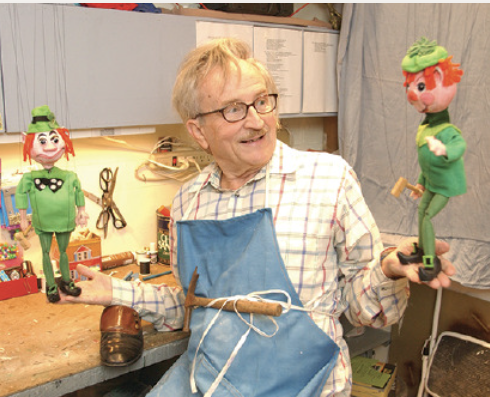
The expansive park at 699 Bellevue Avenue near Lake Merritt opened on September 2, 1950. Admission was 9 to 14 cents, depending on age. The original guides to the park were a dwarfish iconic married couple, Victor and Edna Wetter, who dressed in glamorous Munchkin-style costumes. (There was some controversy about spotlighting individuals of short stature, as for The Wizard of Oz, but the couple nevertheless were appreciated by guests.) The original sets included Pinocchio’s Castle, Thumbelina, Three Billy Goats Gruff, The Merry Miller, The Three Little Pigs, Willie the Whale, and several others. The entrance to the park was through the home of the Old Woman in the Shoe. Only kids could walk upright through the shoe, which required adults to bend over to proceed.
The park thrived, and in 1956, the City of Oakland Parks and Recreation Department hired Burton Weber to promote the wonders inside Fairyland’s gates. Weber created a program for young children called Fairyland Personalities, which is still part of Fairyland’s Children’s Theater program.
Fairyland is also home to the original “Magic Key,” and some members of our San Francisco Bay Times team who grew up in the Bay Area still have these coveted keys saved. The keys open up Talking Storybook Boxes, and years ago, certain special keys could be won in contests. Bay Times co-publisher Jennifer Viegas won a kids’ art contest—a painting of a rotund smiling whale—that earned her a big colorful key. She recalls that it was like seeing the golden ticket in a Willy Wonka chocolate bar.
The park, aside from the Talking Storybook Boxes and the sounds of happy kids, is relatively quiet, and especially when compared to other similar sites. The staff at Fairyland describe it as being low tech, or as they like to say, “kiddie tech.” Whenever possible, they strive for simplicity, to enable visitors to fill in the blanks with their own imaginations.
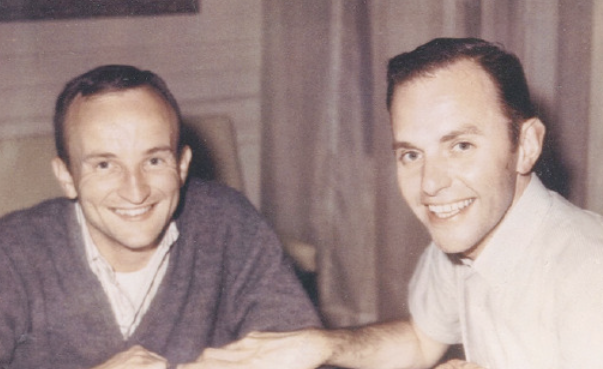
The Beloved Gay Man Who Helped Develop Fairyland’s Puppet Theatre
Fairyland inherently valued Diversity, Equity, and Inclusion (DEI) long before that acronym existed. Oakland for decades has had one of the Bay Area’s most racially diverse populations, so that has been reflected in visitors to the park. While the sets originally highlighted European folktales, there is an ongoing effort to bring in greater diversity. Now there is a Chinese dragon slide, a Japanese party area, a mini Ferris wheel based on Anansi the Spider (a protagonist in certain Ghana and West African folktales), and more.
Fairyland’s Storybook Puppet Theater has, since its opening in 1956, perhaps better reflected cultural diversity from day one. Depending on the season, guests might enjoy a Vietnamese Cinderella story, Baba Yaga from Slavic folklore, or Mexican folktales. A long-anticipated addition—to be debuted during the 75th birthday celebrations—will be the park’s first bilingual (Spanish and English) puppet show.
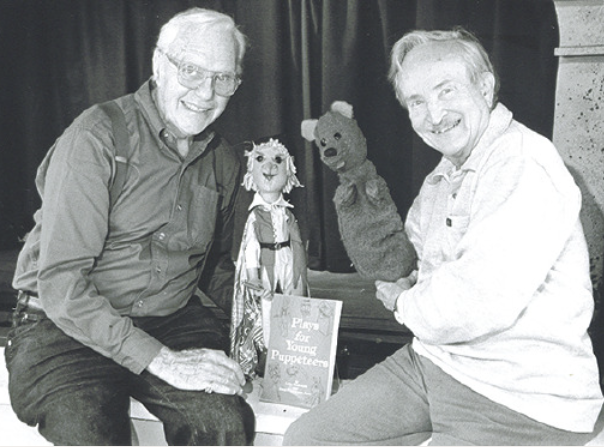
The theater structure was designed by the park’s original architect, Everitt, with the assistance of members of the San Francisco Bay Area Puppeteers Guild. It accommodated hand and rod puppets. For the theater’s 50th anniversary, in 2006, the building was redesigned with a storage area, workshop, and higher ceiling for dramatic effects.
Many accomplished puppeteers have worked at Fairyland’s puppet theater, including Tony Urbano, Luman Coad, and Frances and Isadore (“Mike”) Oznowicz. The Oznowiczes’ son, Frank, performed at the theater when he was a teenager. He later shortened his name to Frank Oz and went on to perform with The Muppets and to direct many Hollywood films. Within The Muppets, he was the voice of Miss Piggy, Fozzie Bear, Animal, Sam the Eagle, Bert, Cookie Monster, Grover, and others. He was also the voice of Yoda in several Star Wars films.
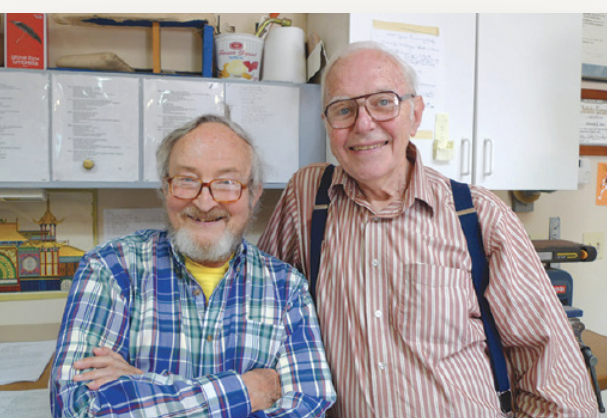
Muppet performer Alice Dinnean also got her start at Fairyland’s Storybook Puppet Theater. Some of her Muppet characters have been Sherry Netherland, the owner of the Furry Arms Hotel; and Phoebe, a member of the Monster Clubhouse.
Lewis Mahlmann (1927–2014) served as the puppet theater’s director for decades and largely helped to shape its programming. Morgan Rothenbaum, Senior Director of Marketing & Communications for Children’s Fairyland, told the San Francisco Bay Times, “Lewis Mahlmann, who served as our puppeteer from 1967 to 2006, shared a 50-year partnership with David C. Jones. Upon Mahlmann’s retirement from Fairyland in 2006, Mahlmann entrusted his puppets and stories to Randal Metz, who continues his legacy as Master Puppeteer. Together, they created many of Fairyland’s beloved shows. After Mahlmann’s passing in 2014, Fairyland hosted a beautiful celebration of life.”
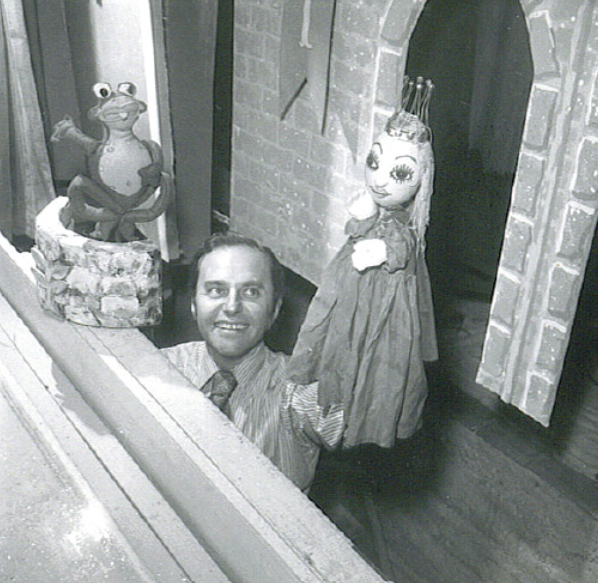
As Mahlmann’s memoriam in the San Francisco Chronicle mentions, “he co-wrote four books of puppet plays with his partner in puppetry and in life, David C. Jones, who passed away 10 days after Mahlmann, also of pneumonia.” The men were inseparable and known for their kindness, generosity, and mentoring of others. In large part because of that, Metz and others have been able to continue the theater’s evolution, garnering it international acclaim.
In 1994, with help from the Lake Merritt Breakfast Club, Fairyland applied for and received 501(c) (3) nonprofit status to allow it to apply for grants, receive bond funds, and solicit donations. Please consider helping keep this Oakland treasure going, either with a membership or donation. When you support Fairyland, you support an inclusive community oasis where the magic, joy, and transformative power of storytelling and play are unlocked for generations of children and families. Donations power all of the park’s programs, from maintaining the 10 acres to providing access to everyone of any income level through the Fairyland for All program.
We hope you will join us in wishing Fairyland a Happy 75th Birthday, and that this warm and welcoming destination will be around for another seven-plus decades.
Prehistoric Era
A “prehistoric era” for children’s entertainment with limited options, as Disneyland and Nickelodeon TV did not yet exist. Amusement parks primarily catered to teenagers, with few options for young children.
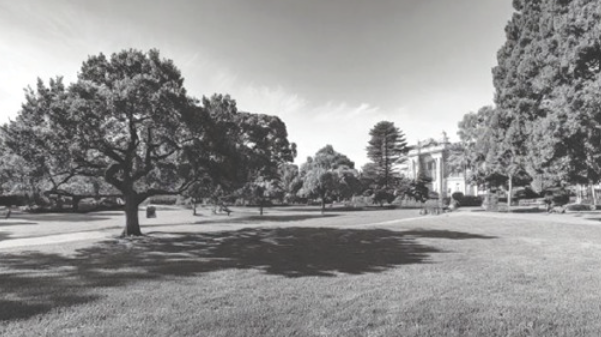
1950
Fairyland opened its doors as one of the first parks designed for children, featuring fairytale sets, a carousel, pony rides, and a cotton-candy stand. Admission was between 9 and 14 cents, with costumed guides leading children through a fairytale landscape. All storybook sets were crafted by architect William Russell Everitt. Businessman Arthur Navlet, who owned a nursery, designed the park’s gardens, with some original plantings still thriving today.
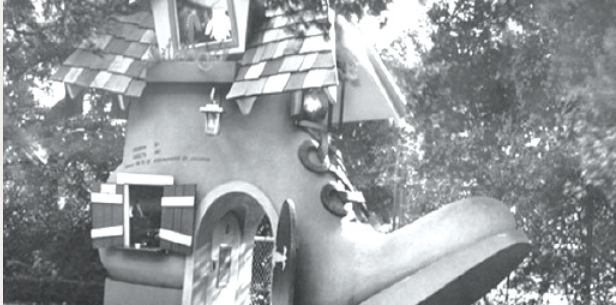
Walt Disney’s Visit(s) to Fairyland in the 1950s
Depending on the source, Walt Disney either visited Fairyland in 1954 or 1956, or perhaps multiple times during that period. What is clearer is that, after he experienced Fairyland firsthand, he incorporated some of its ideas into Disneyland, which opened in 1956. Disney also hired Fairyland’s first executive director, Dorothy Manes, and one of its puppeteers, Bob Mills.
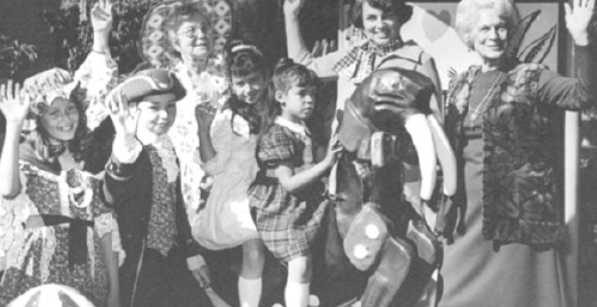
1956
Burton Weber, from the City of Oakland Parks and Recreation Department, created a program for young children called “Fairyland Personalities.” This program is still part of Fairyland’s Children’s Theatre.
1970
On August 29 and 30, 1970, in honor of the park’s 20th anniversary, former Fairyland puppeteer and later Sesame Street legend Frank Oz paid a return visit, accompanied by his Muppet characters Bert and the Cookie Monster, as the culmination of “Happy Week.” Local newspapers touted the fact that Oz was one of the theme park’s earliest patrons, attending on opening day at the age of five.
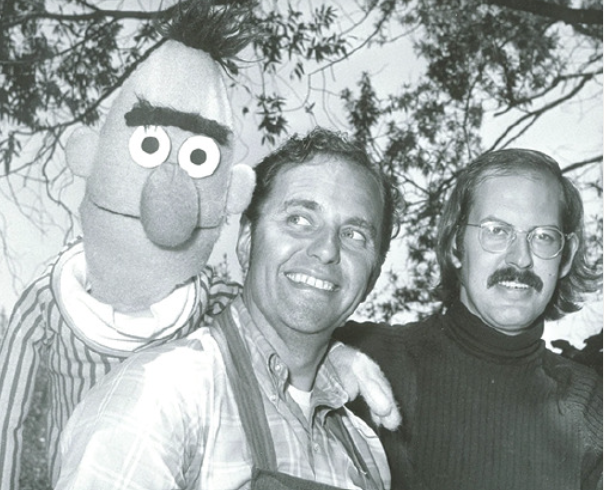
1994
With the help of the Lake Merritt Breakfast Club, Fairyland achieved 501(c)(3) nonprofit status. This allowed the park to apply for grants, receive bond funds, and accept donations to continue providing a family-centered, imaginative environment for children.
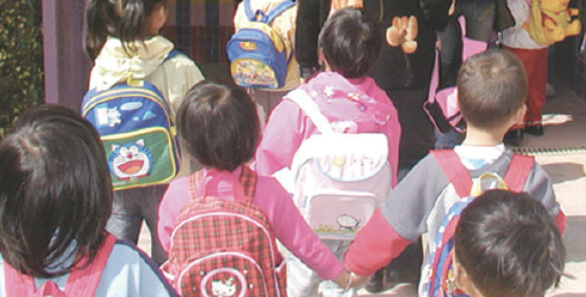
Fairyland Today
Children’s Fairyland remains true to its mission as a magical fantasy world where young children can create, imagine, play, and learn. The park continues to offer affordable admission, with financial support allowing 4,000 low-income children to attend for free each year. Fairyland looks forward to a future filled with community support and joy for children.
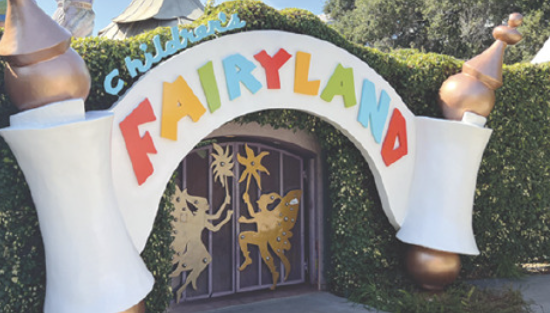
Once Upon a Time in Oakland
Published on August 28, 2025





Recent Comments